art SpaceX Falcon 9 landing burn
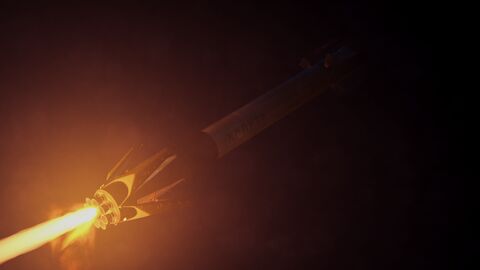

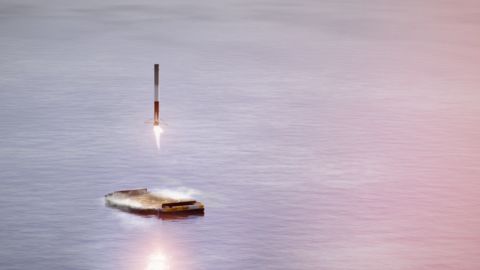
My rendition of a Falcon 9 booster landing on Of Course I Still Love You, SpaceX’s East coast droneship. This is a triple-engine landing burn; while SpaceX hasn’t performed a triple-engine landing burn since JCSAT-16, very heavy GTO payloads at the edge of Falcon 9’s capability may require triple-engine landing burns in the future.
Read more (1 min)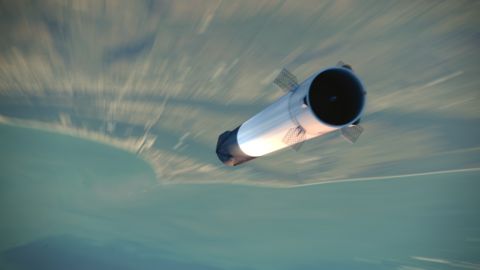
My rendition of a Falcon 9 booster returning to Earth after a launch. The four grid fins are guiding it towards its landing pad as it hurtles downwards at supersonic velocities.
In this image, the Falcon 9 is at about 40km in altitude (with entry burn shutdown having occured seconds earlier) and is less than thirty seconds from the start of the landing burn.
Read more (1 min)Like all launch vehicles, SpaceX’s Falcon 9 is a marvel of engineering. It starts out at the launchpad, and in less than nine minutes, the second stage (and payload) have reached orbit and are now travelling at over 7500 meters per second (equivalent to a sea-level speed of Mach 22.) That’s really, really fast. And it’s something that every single launch vehicle must do to bring its payload into orbit.
Here’s a very short tl;dr:
Rocket engineers have spent decades trying to make launch vehicles lighter. The original Atlas ICBM used balloon tanks; unlike a stiff internal framework of stringers underneath a metal skin, balloon tanks employ the pressurization of the tanks to maintain their shape. This makes for a very lightweight tank; however, it’s difficult to build and transport (as it must be pressurized at all times.)
The Falcon 9, though, is a bit different.
 Direct link
Direct link
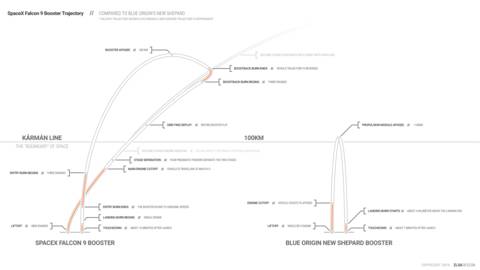
This is a comparison of the trajectory of the SpaceX Falcon 9 booster returning to Earth and the trajectory the Blue Origin New Shepard takes during a trip into space.
Read more (1 min) Direct link
Direct link
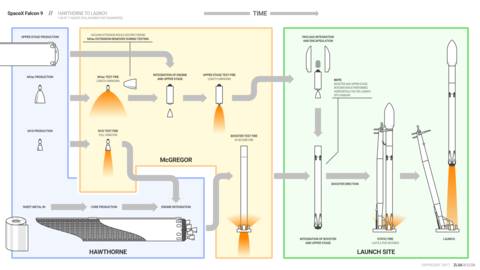
This infographic outlines the manufacturing and testing procedures for the SpaceX Falcon 9.
 Direct link
Direct link
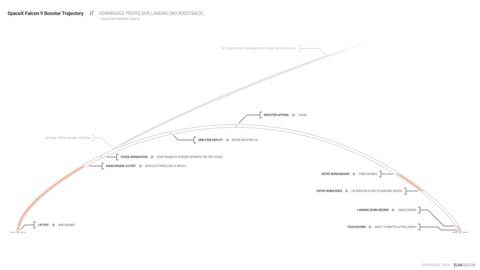
This is the approximate trajectory of the SpaceX Falcon 9 booster during a downrange propulsive landing (i.e. ocean landing) on the ASDS.
Note that this is the trajectory of a booster during a high-performance mission, and does not include a boostback burn. The approximate trajectory of a Falcon 9 landing with a boostback burn can be seen here.
Read more (2 min) Direct link
Direct link
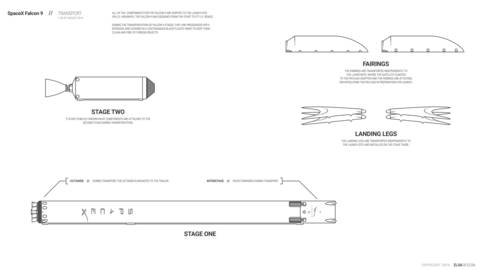
The SpaceX Falcon 9 is designed to fit on public roads in the US. Here’s how SpaceX transports the different components.
Read more (1 min) Direct link
Direct link
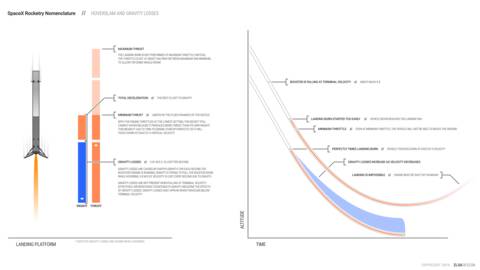
This is a high-level, overly simplified explanation of the “hoverslam” maneuver the SpaceX Falcon 9 performs during landing.